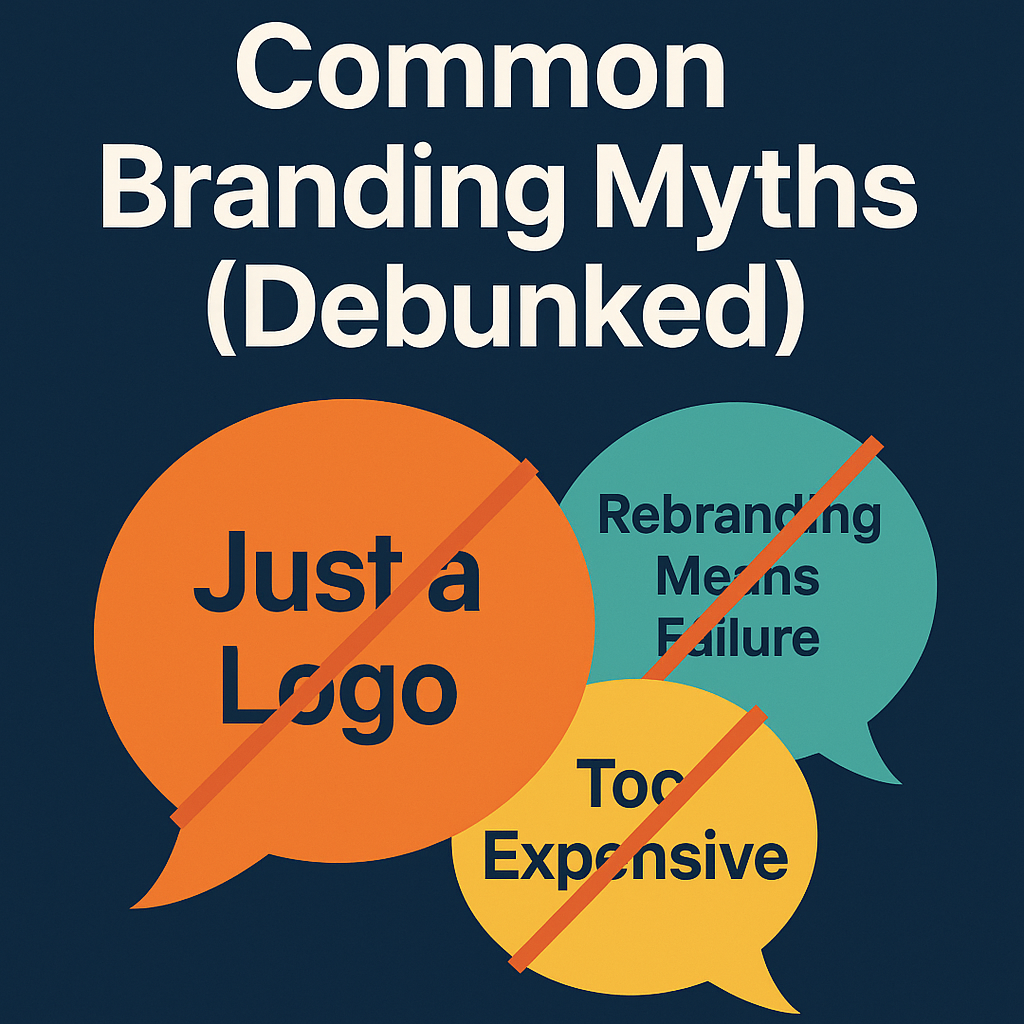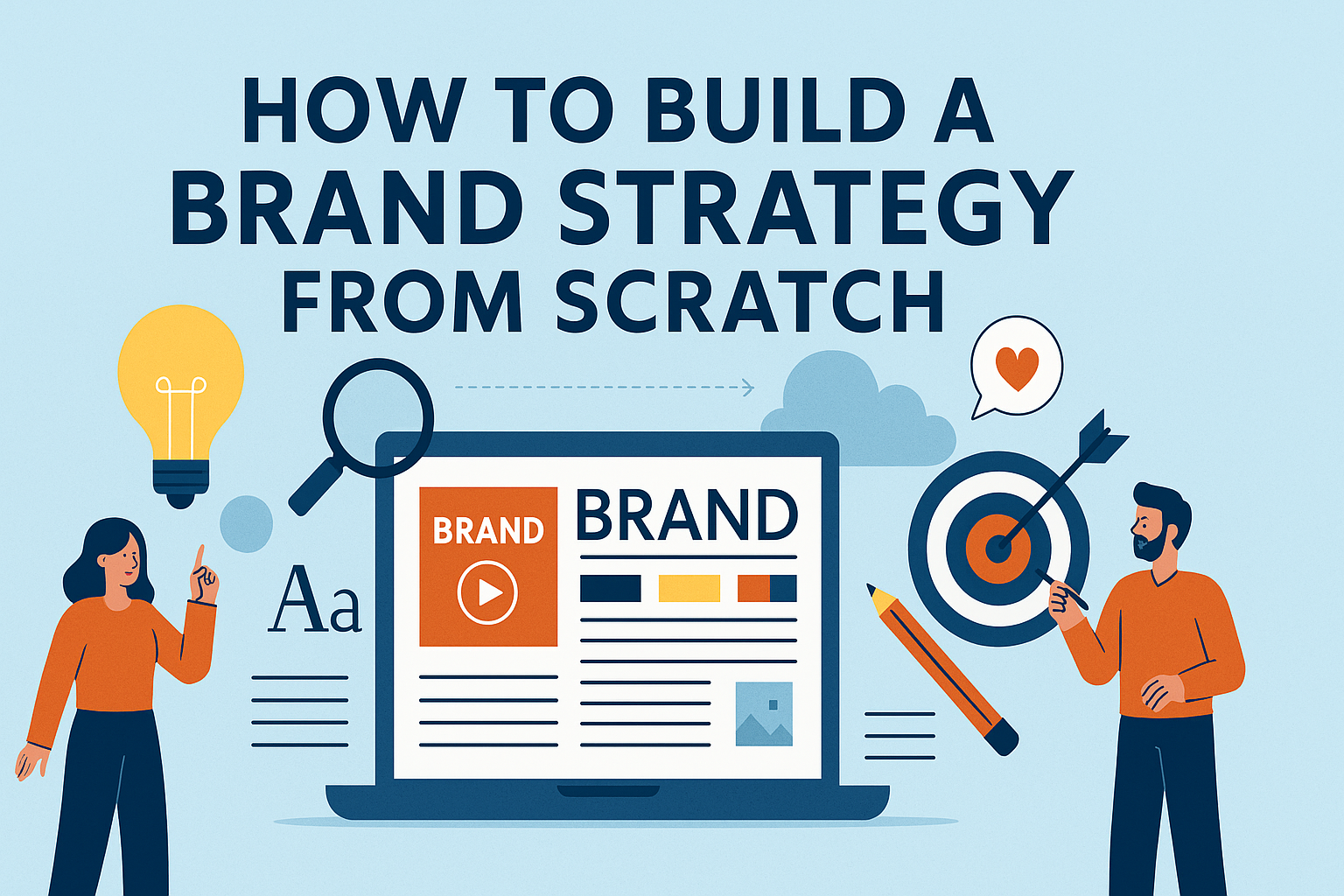
The Cost of Bad Branding (With Real Examples)
Branding is not just a logo, a tagline, or a color palette—it’s the emotional and psychological relationship a customer builds with your business. A strong brand opens doors, builds trust, and boosts conversions. But bad branding? It can cost companies millions, and in some cases, even their existence. In this article, we break down what bad branding really means, the hidden and visible costs it carries, and real-life examples that show why no business—big or small—can afford to ignore it. 🔍 What Is Bad Branding? Bad branding occurs when a business fails to create a clear, consistent, and authentic identity. It often includes: But most dangerously, it creates distrust—and distrust kills conversions. 💸 The Costs of Bad Branding 1. Lost Revenue If your audience doesn’t understand what you stand for—or worse, misunderstands it—they won’t buy from you. Misaligned branding results in poor ROI on marketing efforts, low conversion rates, and higher customer churn. Example: Tropicana (2009 Rebrand)Tropicana spent $35 million redesigning its packaging—only for it to be pulled within 30 days due to a 20% drop in sales (over $50 million in losses). Why? Consumers couldn’t recognize the product on shelves. 2. Rebranding Expenses Once a brand mistake is made, fixing it isn’t cheap. A rebrand can cost tens of thousands for small businesses—and millions for enterprises. Example: Gap (2010 Logo Redesign)Gap unveiled a new logo that was met with immediate backlash. In less than a week, it reverted to the original. The cost of the rebranding, PR crisis management, and lost goodwill was substantial—even if they never disclosed the exact figure. 3. Loss of Customer Trust Customers want consistency. If your branding feels disconnected, off-tone, or unprofessional, customers will question your reliability. Example: PepsiCo’s Kendall Jenner Ad (2017)Pepsi’s campaign attempted to co-opt social justice imagery—and was widely criticized as tone-deaf. It damaged Pepsi’s brand credibility and forced an apology and ad withdrawal, costing the brand both money and trust. 4. Negative PR and Brand Sentiment In today’s digital world, bad branding spreads fast. One misstep can become a viral disaster. Example: IHOP to IHOb (2018)IHOP tried to rebrand as “IHOb” (International House of Burgers) as a marketing stunt. While it got attention, it confused loyal customers and caused ridicule across the internet—diminishing brand credibility and distracting from their core identity. 5. Employee Confusion and Low Morale If employees can’t articulate your brand’s values and mission, how can they deliver on it? Bad branding leads to misaligned teams and uninspired work culture. ✅ Lessons from Branding Mistakes 💬 FAQs 1. What is the biggest risk of bad branding?The greatest risk is losing customer trust, which directly impacts revenue and brand longevity. 2. How can a small business recover from a branding mistake?Through honest communication, re-evaluation of brand values, and professional help for repositioning or rebranding. 3. Is bad branding always visual (e.g., logos)?No—messaging, tone, customer service, and inconsistency across platforms also contribute to bad branding. 4. Can a company survive a branding fail?Yes, if it reacts quickly, takes accountability, and re-aligns with its audience authentically. 5. How can I prevent bad branding?Develop a brand strategy that includes a tone of voice guide, brand book, and regular audits for consistency and clarity. 🧠 Final Thoughts Bad branding is a silent business killer. While you might not see its effects immediately, it erodes your reputation, alienates your customers, and costs you far more in the long run. But here’s the good news: branding is within your control. With a clear identity, honest messaging, and strategic execution, your brand can resonate, inspire, and convert. 🟢 Ready to build a brand people trust? Start by avoiding the mistakes others have already paid for.





